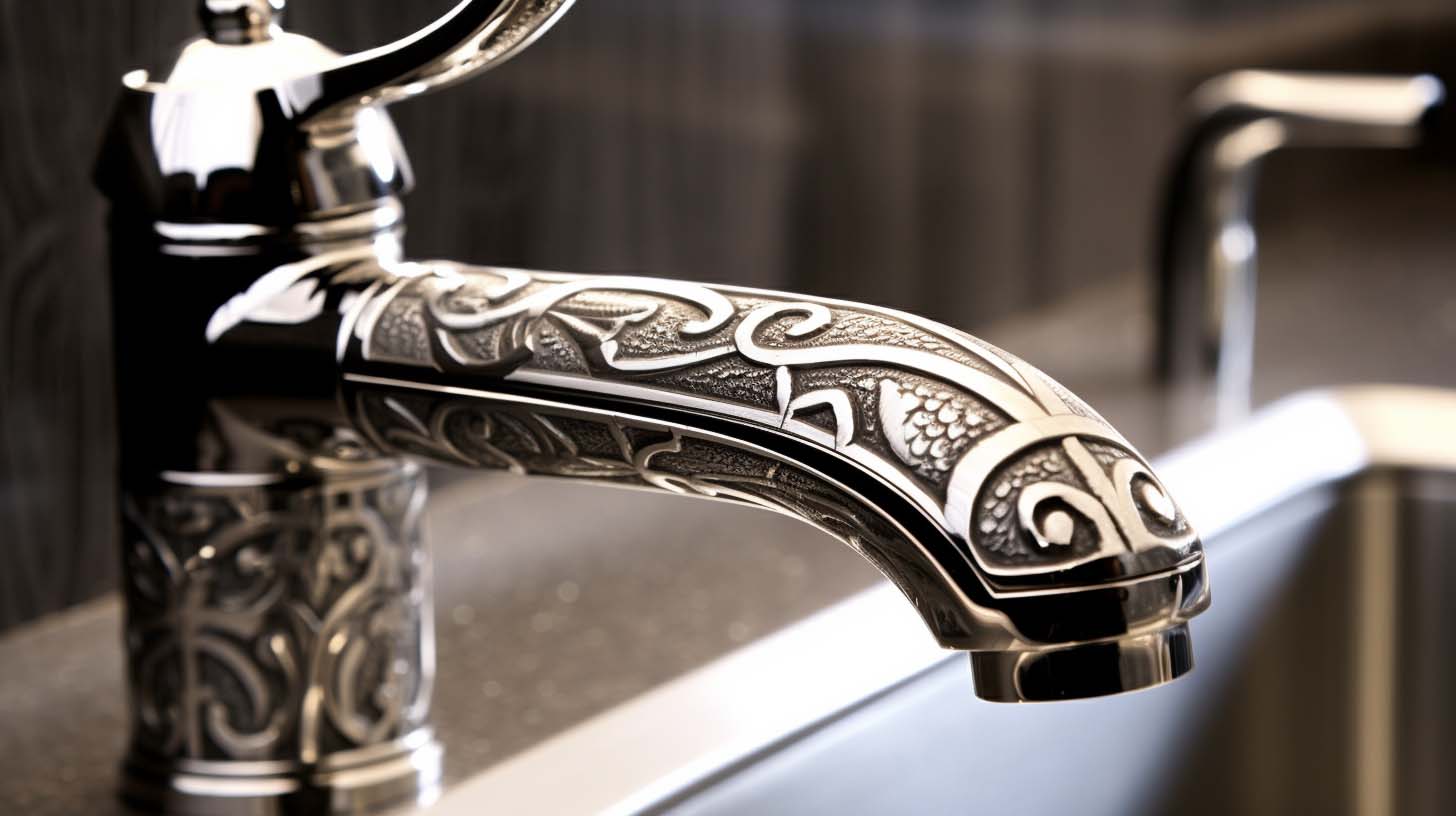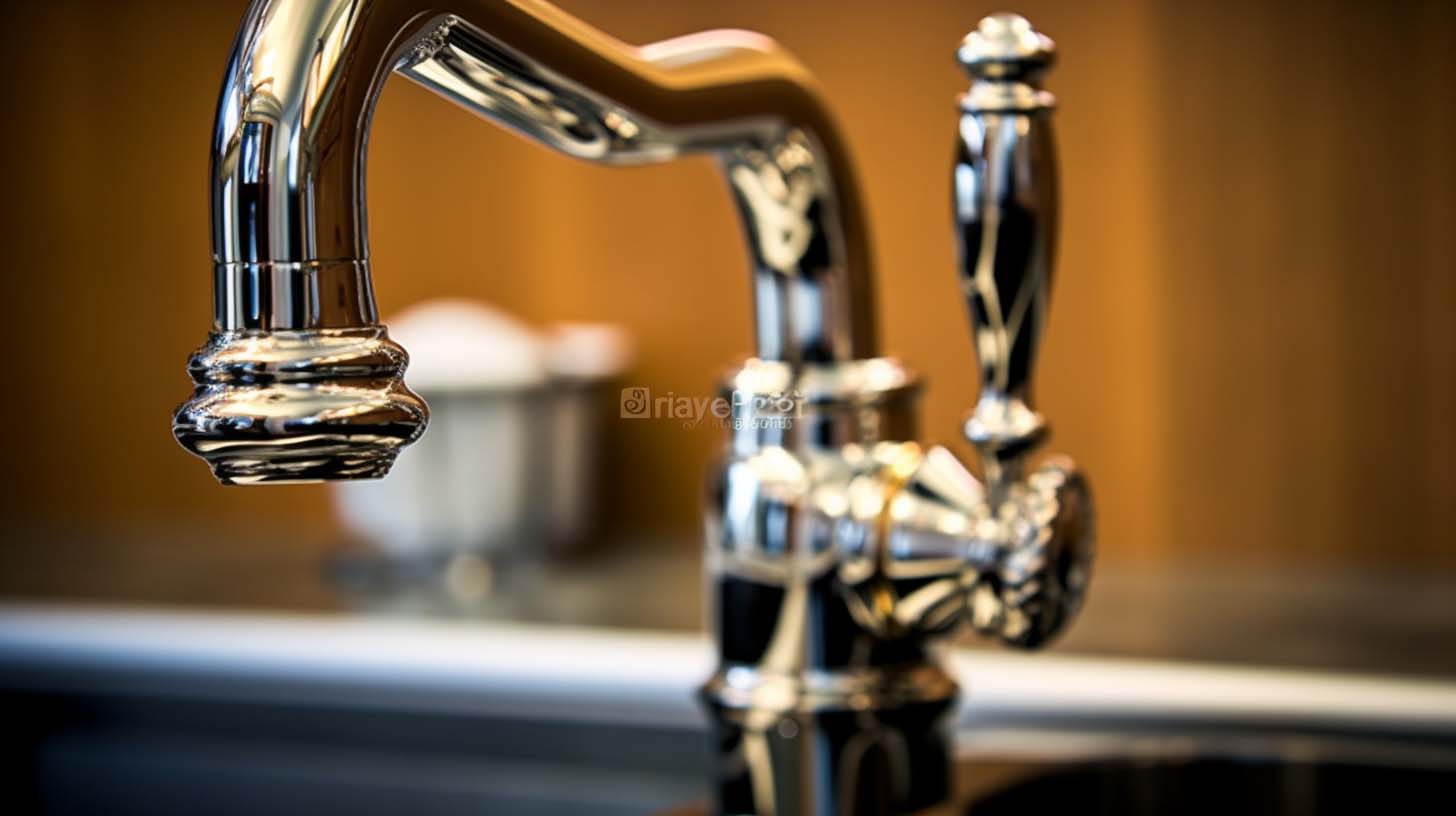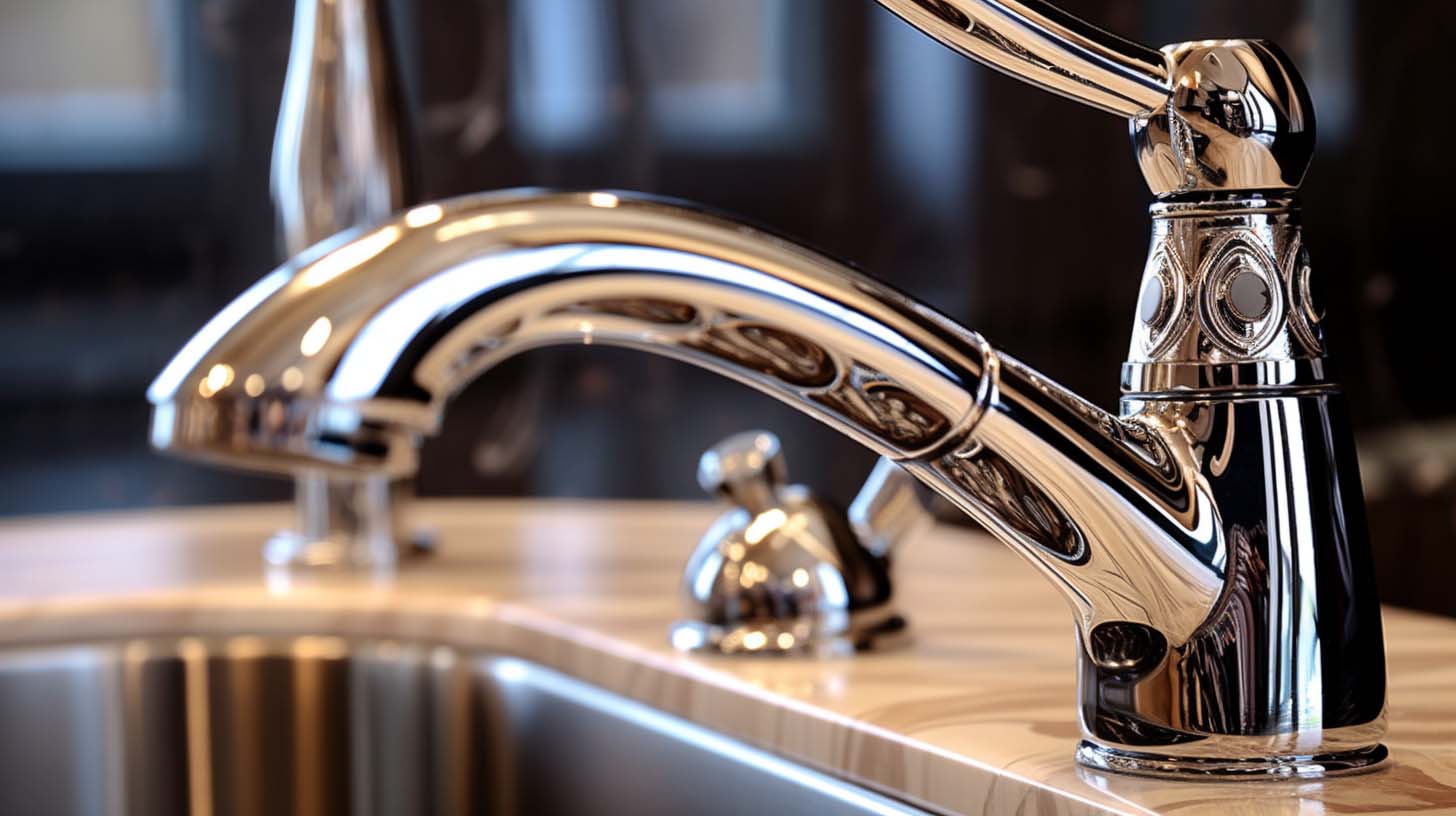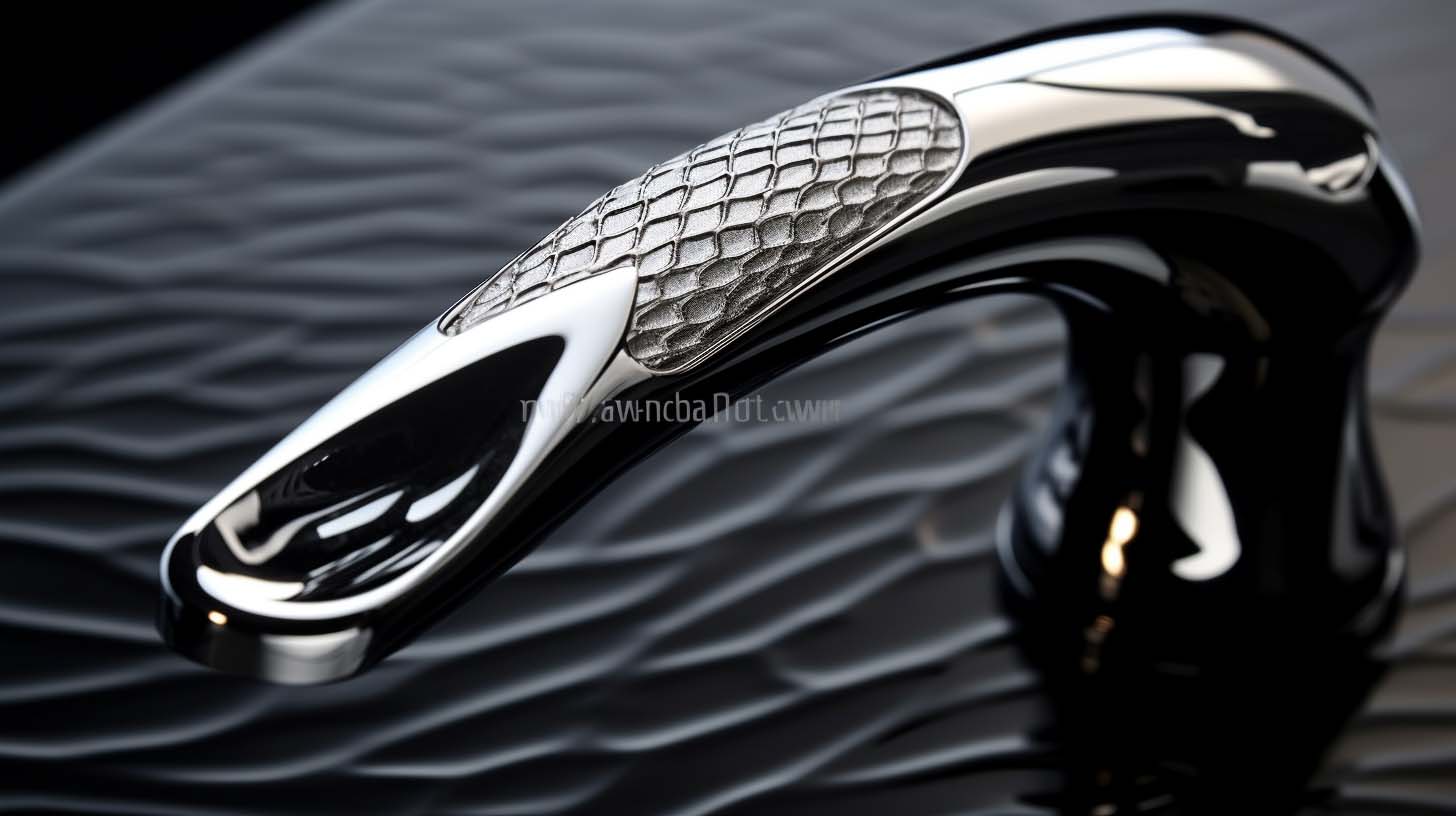When selecting a faucet for a bathroom or kitchen, there is a vast array of materials to choose from. Each type of material has its own unique features and qualities that influence its durability, finish, and cost. This article aims to demystify the various types of materials used in faucets and provide information on the features and qualities of each material, thus helping the reader to make an informed decision when selecting a faucet.
Chrome, brass, stainless steel, nickel, and bronze are among the most widely used materials used for faucets. Each material has its own characteristics and benefits that make it suitable for different applications.
For example, chrome is a durable and waterproof material that is easy to clean and maintain, making it a popular choice for bathroom and kitchen faucets.
Brass is a strong and corrosion-resistant material that is suitable for both indoor and outdoor use, while stainless steel is a more affordable material that is highly corrosion-resistant and easy to maintain.
Nickel and bronze are also popular materials that can give a unique touch to any space.

- Chrome is a popular and practical choice for both bathroom and kitchen faucets due to its durability, waterproof properties, and easy maintenance.
- Brass is a strong and corrosion-resistant material suitable for indoor and outdoor use, offering a classic golden color and excellent temperature control.
- Stainless steel faucets are affordable, highly corrosion-resistant, and have a contemporary look, but require proper maintenance to ensure their longevity.
- Nickel and bronze faucets provide a modern and stylish aesthetic, with nickel offering spill-resistance and water-saving features, while bronze offers a unique aesthetic, durability, and superior water flow.
Chrome faucets feature a highly reflective, polished finish that is durable and attractive. The modernizing effect of these types of faucets is ideal for those looking to bring their home up to date with the latest design trends.
The chrome finish is non-porous, making it resistant to water spots and fingerprints, and the bright finish makes it a popular choice for those who want to make a statement in their bathroom or kitchen. Chrome faucets are also easy to clean and maintain, and they are compatible with a variety of sink materials, including stainless steel and granite.
With its long-lasting, sleek design, chrome is a great choice for those looking for a durable, modern faucet.
Moving onto brass faucets, these are a more traditional material choice that have been used for centuries. Brass is a strong material with excellent corrosion resistance, making it a great choice for those looking for a timeless look in their bathroom or kitchen.
The natural golden color of brass is also a classic look that will never go out of style. Brass is also a relatively soft metal, so it is easy to keep clean and maintain with minimal effort. With its classic look and wide range of finishes, brass is a great choice for those looking for a timeless, elegant look in their home.
Brass is a popular material choice for plumbing fixtures, particularly for faucets, due to its durability and attractive finish. This metal is strong enough to withstand high water pressure and temperature extremes, making it ideal for long-term use.
Additionally, it is an excellent conductor of heat, enabling precise temperature control. Brass is also easy to clean and maintain, as it is naturally resistant to corrosion and tarnish. It is also a great choice for homeowners who are looking to create a warm, classic look in their bathrooms and kitchens.
Furthermore, brass is also relatively inexpensive compared to other metals and can be easily installed. All of these features make brass a great choice for those looking to upgrade their faucet. As a result, brass faucets are a popular choice for many households.
To transition into the subsequent section, stainless steel faucets offer a contemporary, modern look that is perfect for modern homes and apartments.

Stainless steel is an excellent choice for those seeking a contemporary look for their plumbing fixtures. It is a durable material that offers longevity when properly cared for.
Stainless steel faucets are more expensive than brass, yet they will last longer if maintained. Cost comparison should be taken into consideration when deciding between brass and stainless steel faucets.
Maintenance tips for stainless steel faucets include regularly wiping down the surface with a soft cloth and warm soapy water to prevent rust and corrosion. It is also important to avoid abrasive cleaners, as they can damage the finish.
With proper care, stainless steel is a great choice for those wanting a modern look that will last for years. With the proper maintenance, stainless steel faucets can provide a sleek and stylish look that will transition seamlessly into the subsequent section about nickel faucets.
Nickel faucets provide a modern and stylish look, ideal for contemporary bathrooms. They are spill resistant, which makes them an ideal choice for busy kitchens and bathrooms, while their water saving features make them an environmentally friendly option. Nickel faucets often come in a variety of finishes, allowing the user to customize their bathroom to their own unique style.
Nickel is also highly durable, making it a great choice for those looking for a long-lasting and reliable faucet. For these reasons, nickel faucets are a popular choice for many homeowners.
Overall, nickel faucets offer a great balance between a modern look and reliable performance and can be a great addition to any bathroom. With their water saving features and spill resistant design, nickel faucets are an ideal choice for those looking for a stylish and functional faucet.
Moving on, bronze faucets offer a unique look and feel that can be the perfect complement to any bathroom.
Bronze faucets offer a unique aesthetic to any bathroom, providing a classic and timeless look that is sure to impress.
These fixtures are made of copper alloyed with tin, zinc, and other metals, which gives them a higher level of durability and resistance to corrosion. This makes them a great choice for areas that experience hard water or that are exposed to the elements.
Additionally, bronze faucets offer superior water flow and temperature control, allowing users to adjust the amount and temperature of water with ease.
The combination of aesthetics, durability, and convenience makes bronze faucets a great option for any bathroom.

Faucets and taps are both plumbing fixtures used to control the flow of water. While they have similarities, they differ in features such as design, water pressure, and installation. Faucets usually have a higher water pressure and a wider range of design options, whereas taps are limited to a single spout and are easier to install. Comparing these features can help you make the best choice for your needs.
An effective way to maintain the finish of a faucet is through regular cleaning with lukewarm water and mild detergent. Avoid harsh chemicals and abrasives, as these can damage the surface. For more stubborn stains, use a soft cloth and a mild, non-abrasive cleaner. Routinely clean and dry the faucet to help preserve its finish.
Replacement of a faucet should be based on water pressure and moisture levels. High pressure and increased humidity can lead to accelerated wear and tear, making frequent replacement necessary. Analyzing water quality and usage conditions can help determine the ideal interval for replacement.
When choosing faucet materials, environmental considerations such as water conservation and material recycling should be taken into account. It is important to choose materials that are sustainable and have minimal impact on the environment. Analyzing the impact of the materials used for the faucet can help ensure an eco-friendly choice.
To ensure the right faucet is chosen for your needs, consider water pressure, finish selection, installation tips, and durability testing. Analyze all these factors in detail to identify the best option. Also, seek innovative solutions for a successful installation and long-term performance.

Faucets are an essential part of any bathroom or kitchen, and the material chosen can have an impact on the overall look of the space.
A variety of materials are available, such as chrome, brass, stainless steel, nickel, and bronze.
Each material offers different benefits, as well as drawbacks. Chrome is a durable and affordable option, but may require more frequent cleaning.
Brass offers a classic look, but is more prone to corrosion. Stainless steel is a popular choice for its durability and easy cleaning, while nickel is a softer material that is resistant to corrosion.
Bronze is a traditional material that is very strong, but is also susceptible to corrosion.
Deciding on the best material for a faucet depends on the style desired and the level of maintenance the user is willing to handle.
Considering the advantages and disadvantages of each material can help make an informed decision.
Ultimately, the right faucet material can improve the overall look and feel of any space.